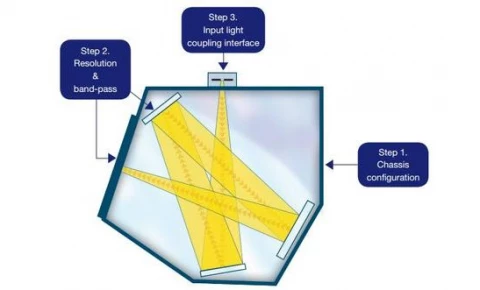Description
The Shamrock 163 stands out as a compact, research-grade Czerny-Turner spectrograph, renowned for its 163 mm focal length and high F/3.6 aperture. This spectrograph is designed to meet the demands of general benchtop spectroscopy measurements, offering a versatile and efficient solution for researchers and professionals. Its compact size does not compromise its capabilities, making it the most compact option available in its class.
Engineered for flexibility, the Shamrock 163 features a wide range of interchangeable gratings, slits, and light coupling accessories. This adaptability ensures that users can tailor the spectrograph to their specific needs, optimizing performance for various spectroscopy applications. Whether you require low crosstalk or simultaneous multi-leg fiber signal acquisition, the Shamrock 163 provides the tools necessary for precise and reliable measurements.
The robust design of the Shamrock 163 allows for both horizontal and vertical mounting positions, enhancing its portability and ease of integration into different setups. Additionally, the spectrograph is equipped with a calibrated micrometer drive for rapid and simple wavelength selection, ensuring that users can quickly adjust to the desired settings. This combination of features makes the Shamrock 163 an indispensable tool for researchers seeking a high-performance, adaptable spectrograph.
Shamrock 163 Spectrograph - 300 lpmm 500nm Blaze
Specifications
| Monochromator Type: | Czerny-Turner |
|---|---|
| Effective Focal Length: | 163 mm |
| Diffraction Grating: | 300 lines/mm |
| Grating Blaze Wavelength: | 500 nm |
| Spectral Range: | 300 – 900 nm |
| Linear Dispersion (Avg): | 19.12 nm/mm |
| Spectral Resolution (Avg): | 1.15 nm |
Features
- Compact & Rugged Design: The Shamrock 163 features a compact and robust design with both horizontal and vertical mounting positions, ensuring portability and ease of integration.
- Imaging-Configurable Platform: Optimized for multi-track spectroscopy, this platform allows lens-based accessories to enhance system performance for low crosstalk and simultaneous multi-leg fiber signal acquisition.
- Interchangeable Gratings: A wide range of gratings are available with a simple precision locking mechanism, allowing for seamless upgradability.
- Variety of Fixed Slits: Offers interchangeable laser-cut precision slits with widths ranging from 10 µm to 200 μm, providing flexibility for various applications.
- Versatile Light Coupling Interfaces: Includes options for fiber-optics and C-mount microscope couplers, enhancing compatibility with different setups.
- Calibrated Micrometer Drive: Facilitates simple and rapid wavelength adjustment, making it easy to select desired wavelengths.
- High Resolution: Achieves a resolution of 0.25 nm at 1200 l/mm @ 500 nm and 0.12 nm at 2400 l/mm @ 300 nm, making it suitable for detailed spectral analysis.
- Adjustable Slit Widths: In addition to fixed options, adjustable manual slit widths range from 10 μm to 3 mm, providing versatility for different experimental needs.
- Compact Size & Lightweight: With dimensions of 198 x 216 x 96 mm (7.8 x 8.5 x 3.8 in) and a weight of 3.5 kg (7.71 lb), it is ideal for benchtop use.
Applications
- Research and Development: Ideal for laboratories conducting spectroscopy research due to its compact size and versatility.
- Educational Use: Perfect for educational institutions requiring a portable spectrograph for teaching and demonstrations.
- Quality Control: Useful in industrial settings for quality control processes that require precise spectroscopic analysis.
- Environmental Monitoring: Suitable for monitoring environmental samples, such as air and water, through spectroscopic methods.
- Pharmaceutical Analysis: Assists in the analysis of pharmaceutical compounds and their interactions through spectral data.
- Material Science: Applicable in the study of materials and their properties by analyzing their spectral characteristics.
- Biochemical Analysis: Supports biochemical research by providing detailed spectral analysis of biological samples.
- Optical Component Testing: Can be used to test and characterize optical components like lenses and filters.
- Raman Spectroscopy: Employed in Raman spectroscopy for studying vibrational, rotational, and other low-frequency modes in a system.
Frequently Asked Questions
What is the Shamrock 163?
What are the features and benefits of the Shamrock 163?
What is the resolution of the Shamrock 163 with the Newton DU940 CCD?
How do I customize the Shamrock 163?
What is the ordering information for the Shamrock 163?
Similar Products
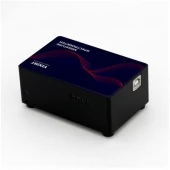
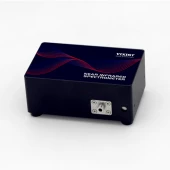
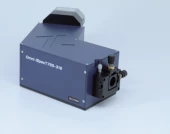
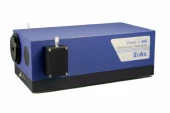
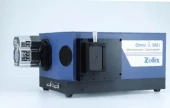
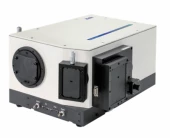
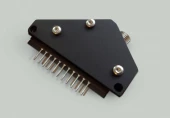
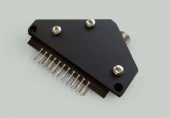
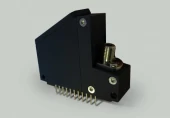
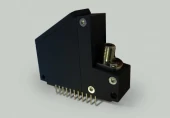
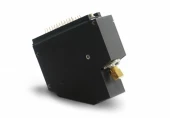
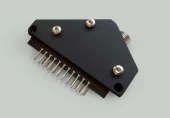
Your inquiry has been received.
Create an account by adding a password
Why create an account?
- Auto-complete inquiry forms
- View and manage all your past messages
- Save products to your favorites
- Close your account anytime — no hassle
